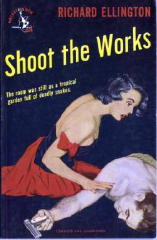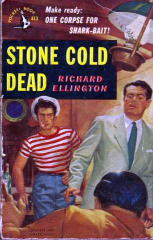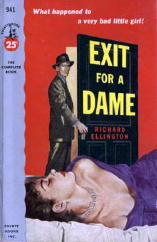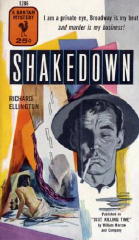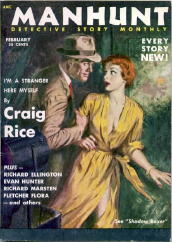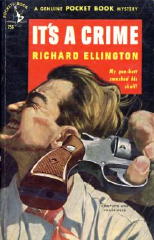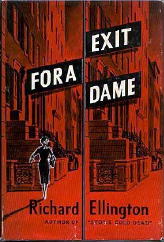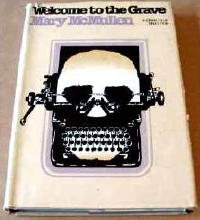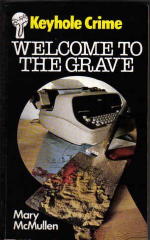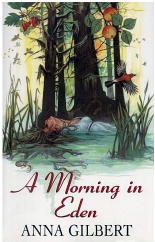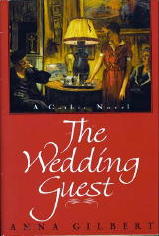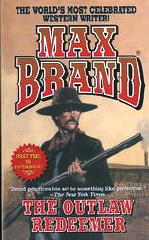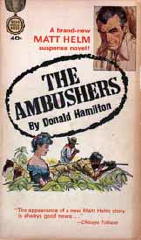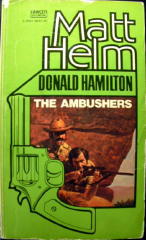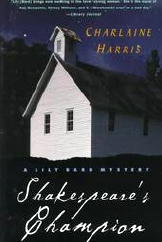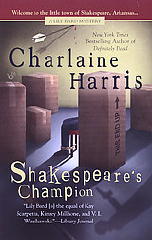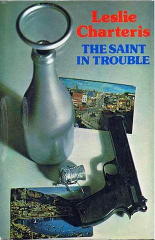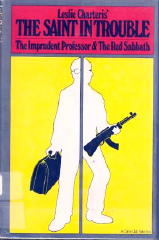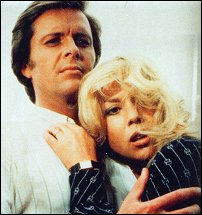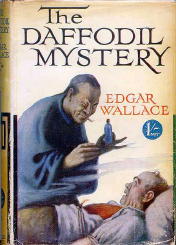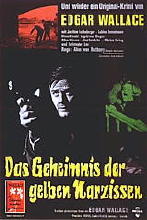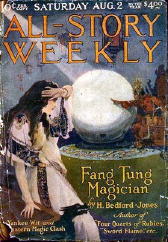Sat 28 Jun 2008
TMF Reviews by Marv Lachman: IT’S ABOUT CRIME (March-April 1979), Part Five.
Posted by Steve under Authors , Columns , Reviews1 Comment
by Marvin Lachman
Unredeemed male chauvinists will tell you that woman’s place is in a castle — preferably one depicted with a single light shining. Yet, the Gothic form lends itself to considerably more variety than that. There is the domestic variety in which the setting is an ordinary house, and the heroine’s tribulations have nothing to do with mysterious strangers wandering the moors.
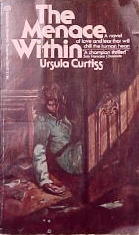
Ursula Curtiss is one of the best writers in this category, and The Menace Within may be the archetypal Curtiss mystery. Heroine Amanda Morley has to contend with:
1. An aunt who has just suffered a stroke.
2. A missing dog.
3. A runaway horse.
4. A jealous boy friend.
5. The care of a neighbor’s two year old baby, a child with a serious vitamin deficiency.
6. A house to care for.
7. Escaped convicts in the area.
Does she also need a psychopathic killer in her bomb shelter? Not really, but without him, we’d only have a soap opera. Instead, we have a slightly unbelievable, fairly exciting book with good descriptions of New Mexico in December.
The domestic setting of Theodora Du Bois’ The Listener (1953) is unusual, a convent on New York’s Staten Island. Her heroine, Sister Genevieve, joined the religious order when here fiancé was killed in Greece. Now, still depressed at his loss, she also has a problem of spiritual doubt and, more important for the plot, involvement in a series of crimes related to the tunes played on a woodwind instrument during the night.
Though she wrote more than twenty books, Du Bois is relatively unknown – undeservedly so. She develops The Listener effectively, and her resolution is generally satisfying, though somewhat dependent on coincidence. I’m grateful to her for a well-written book. I’m also grateful to the type-setter for the Ace paperback edition who included this amusing “typo” in a book about the Sisters in a religious order (one of whom is very ugly): “I can see there are some very unattractive angels to this.”
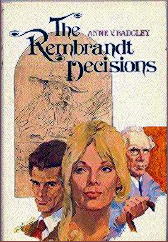
In a promising first novel, The Rembrandt Decisions (1979) by Anne V. Badgley, the author presents a realistic Gothic heroine. Dr. Catherine Gordon, recently widowed at 35 (“recycled by fate”), returns to the labor market to pursue her skill as an art expert. She takes on the cataloging of a valuable print collection and becomes involved with a mysterious Scottish widower whose hobby is said to be installing burglar alarms.
The book begins subtly, and the dialogue between the two protagonists crackles. Unfortunately, the second half is disappointing, depending more on breakneck action than on logic and character development.
Books reviewed or discussed in this installment:
URSULA CURTISS – The Menace Within. Dodd Mead, 1979. Ballantine, pb, 1979.
THEODORE DU BOIS – The Listener. Doubleday Crime Club, 1953. Ace G-550, pb, 1964.

ANNE V. BADGLEY – The Rembrandt Decisions. Dodd Mead, 1979. [This was her only crime novel.]
